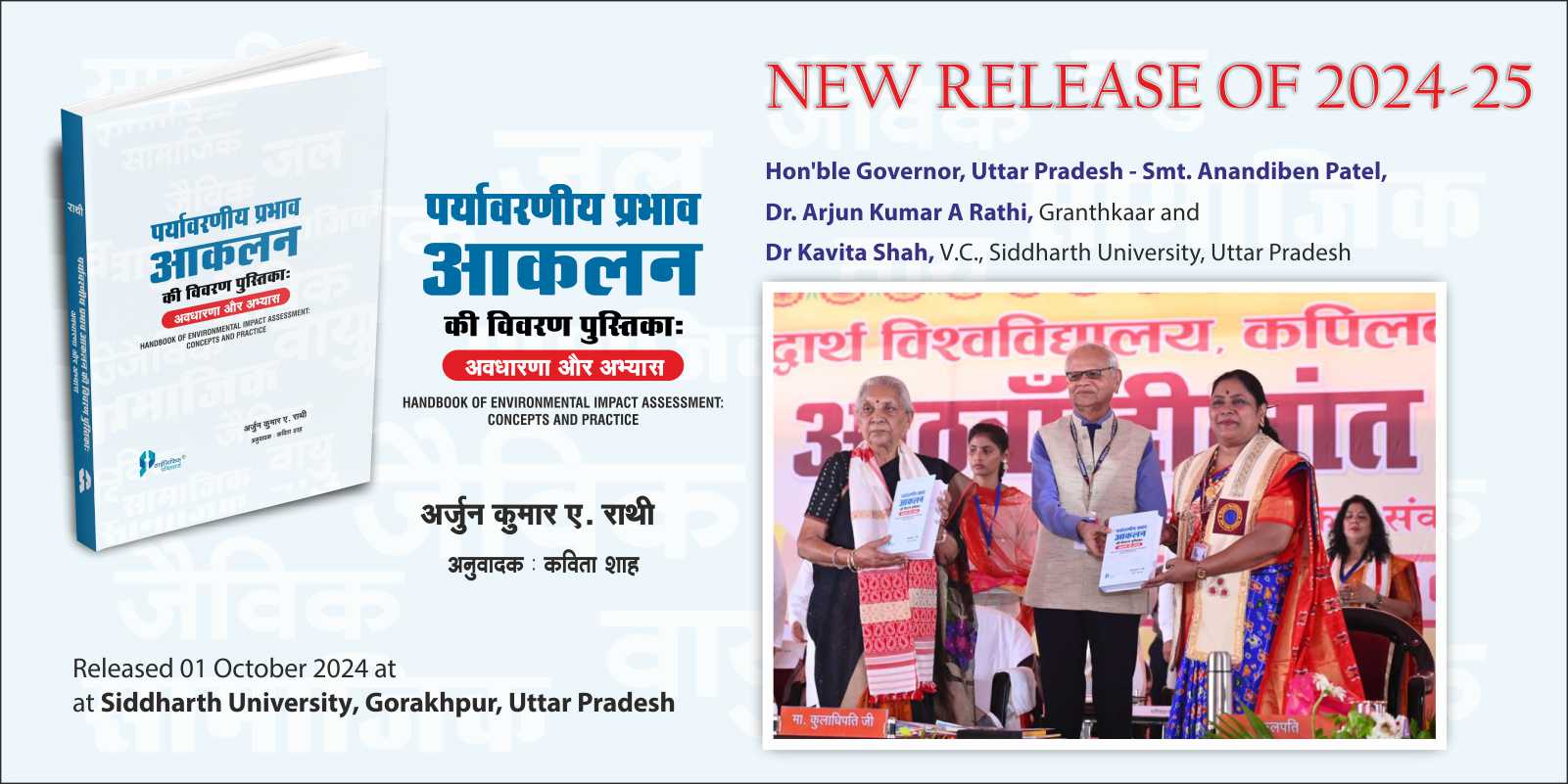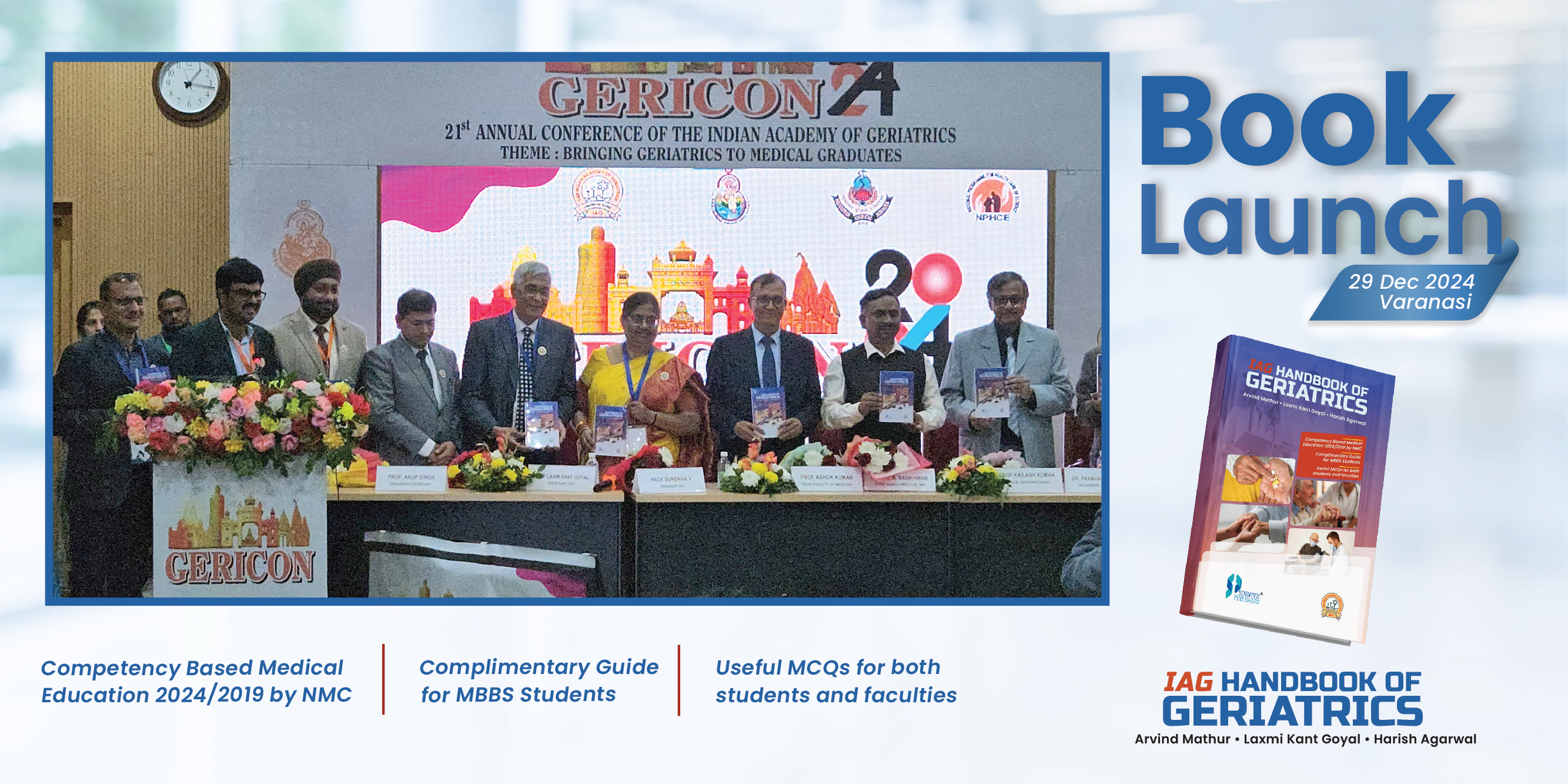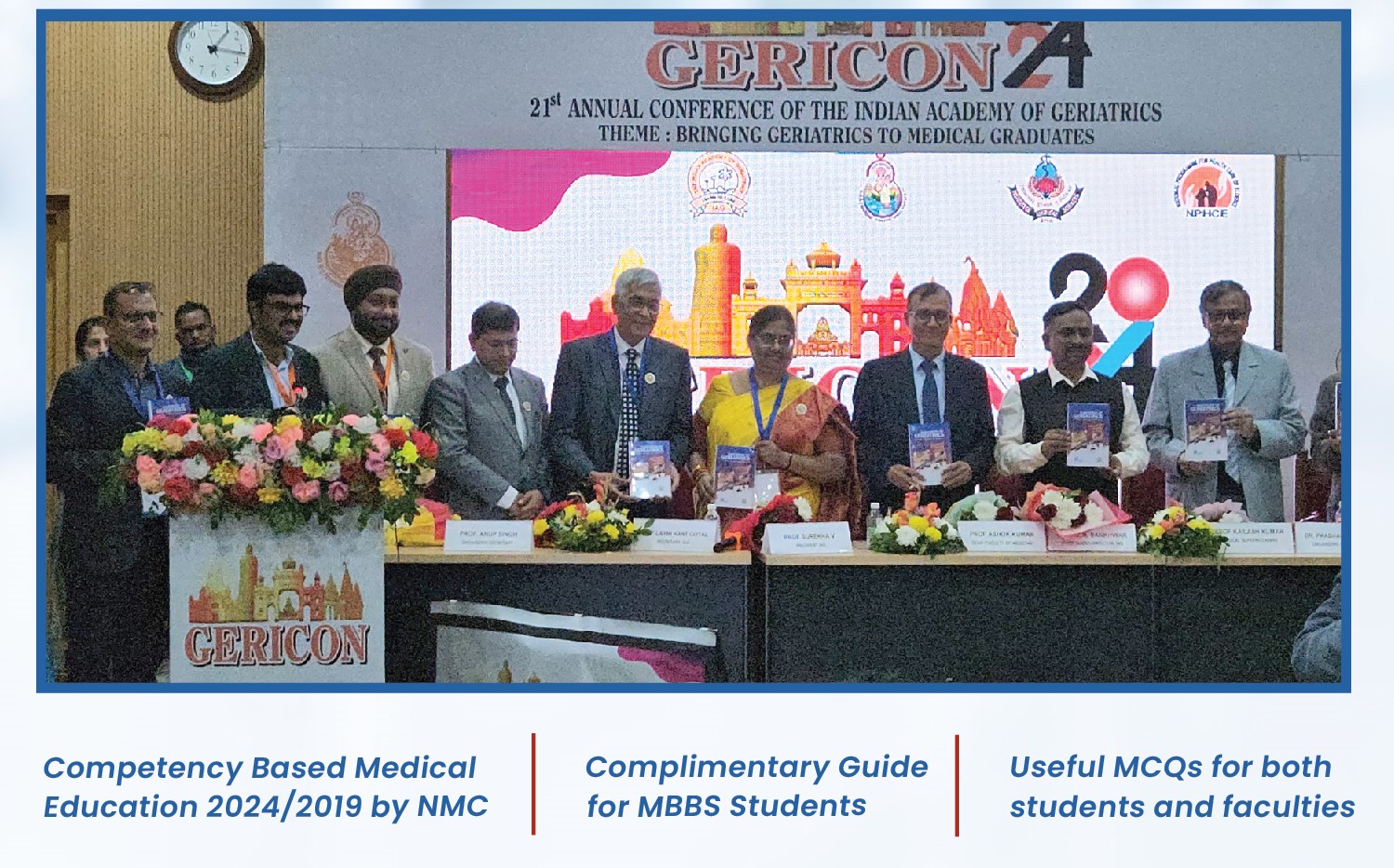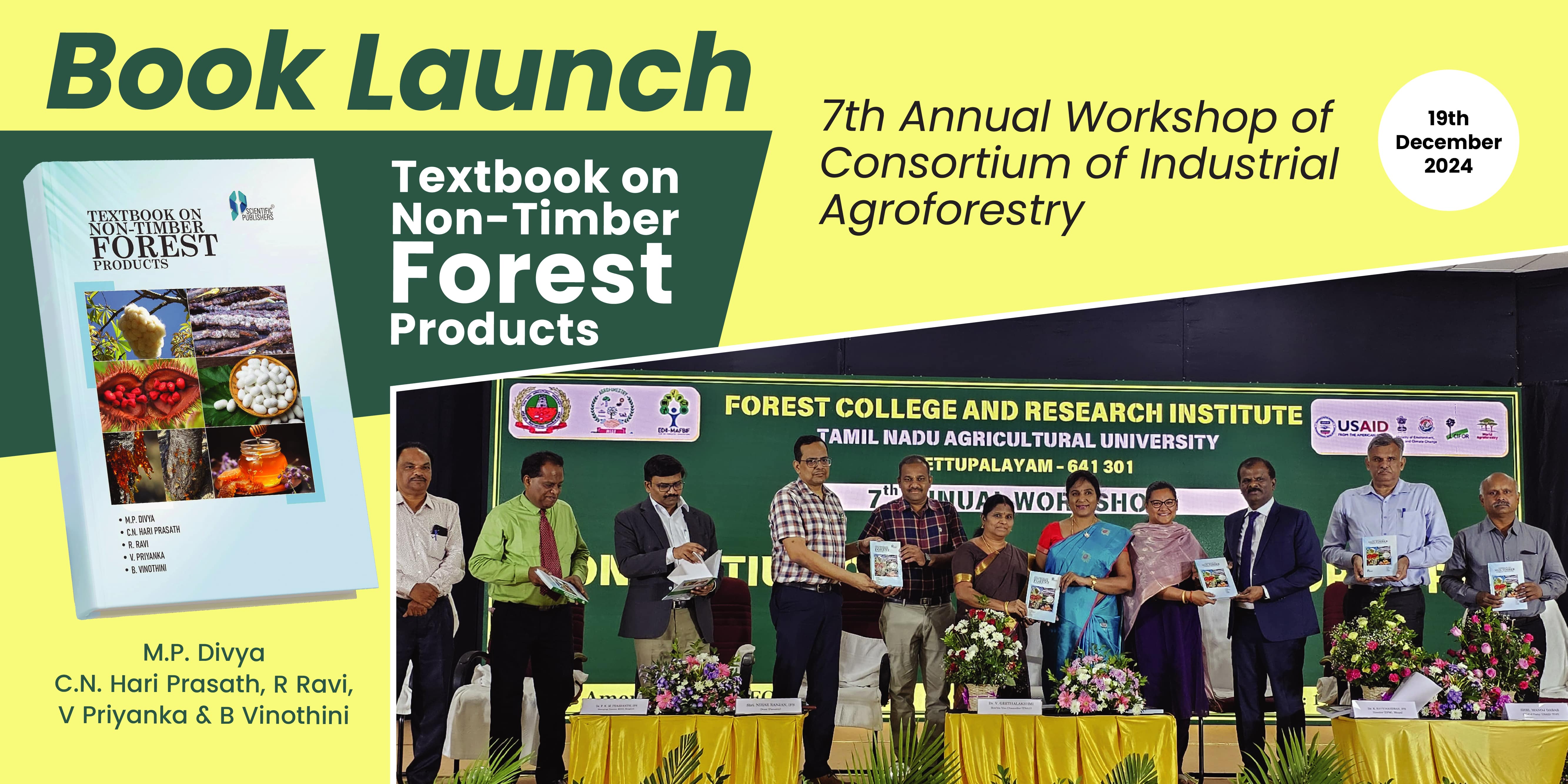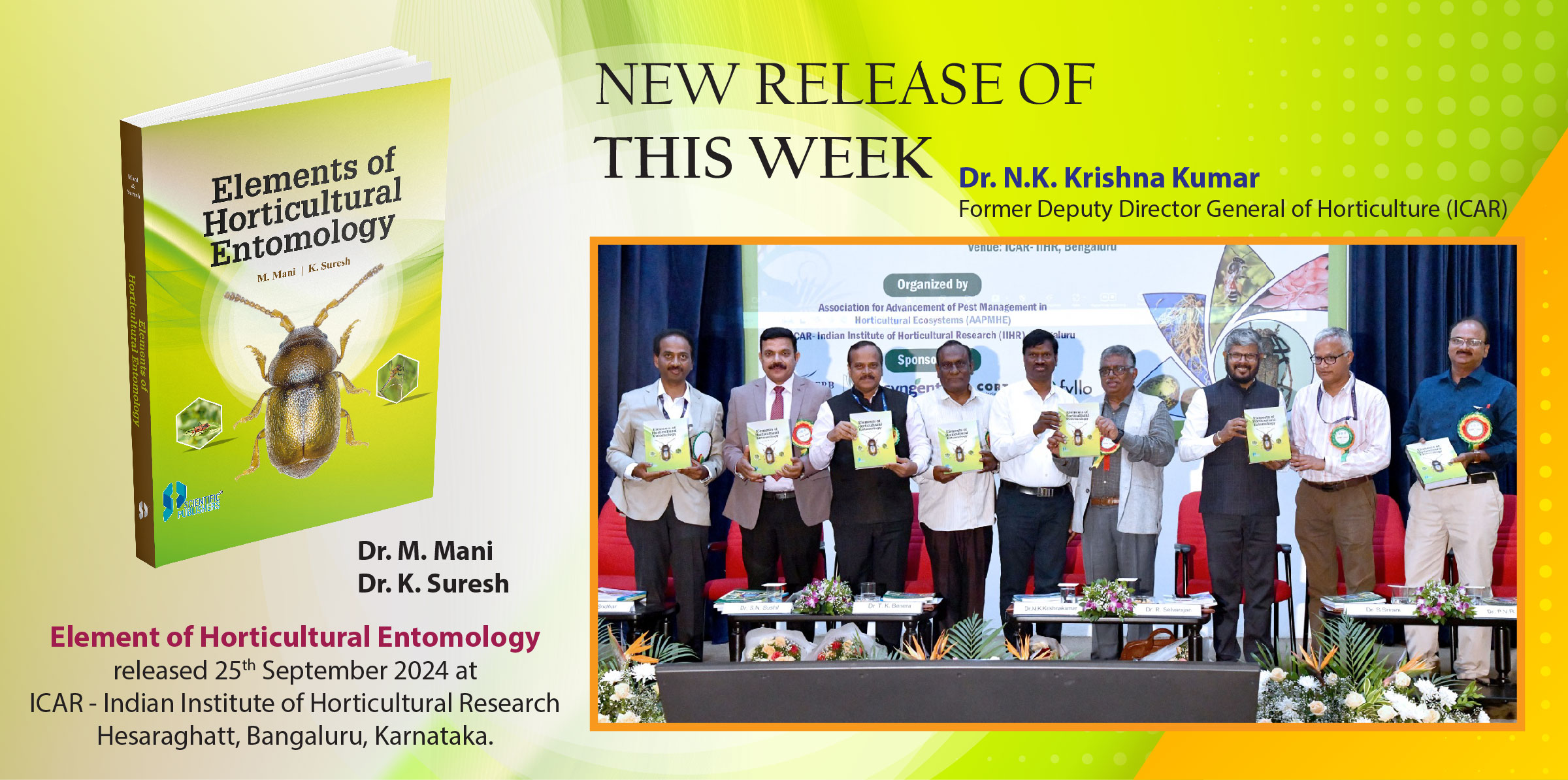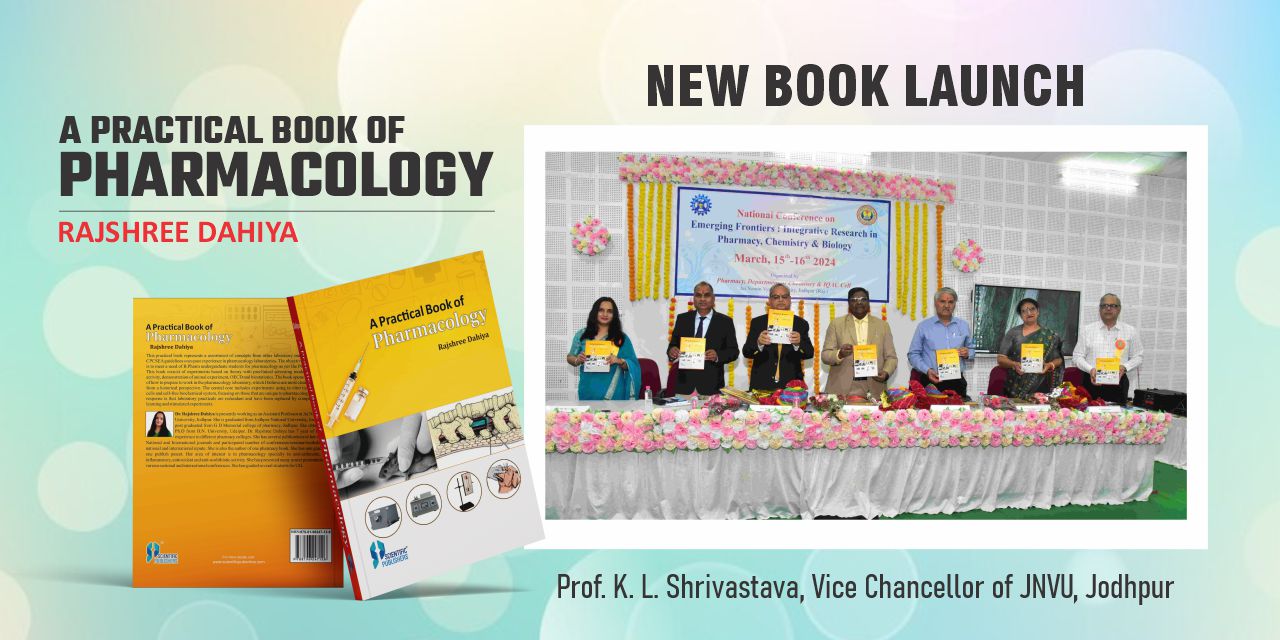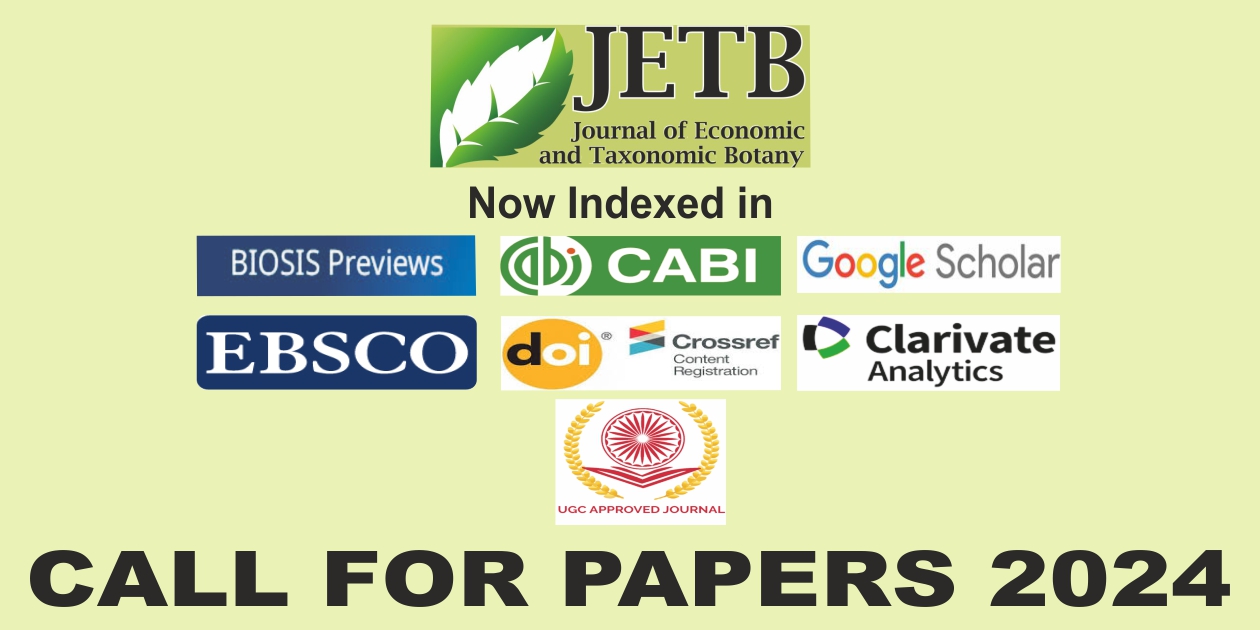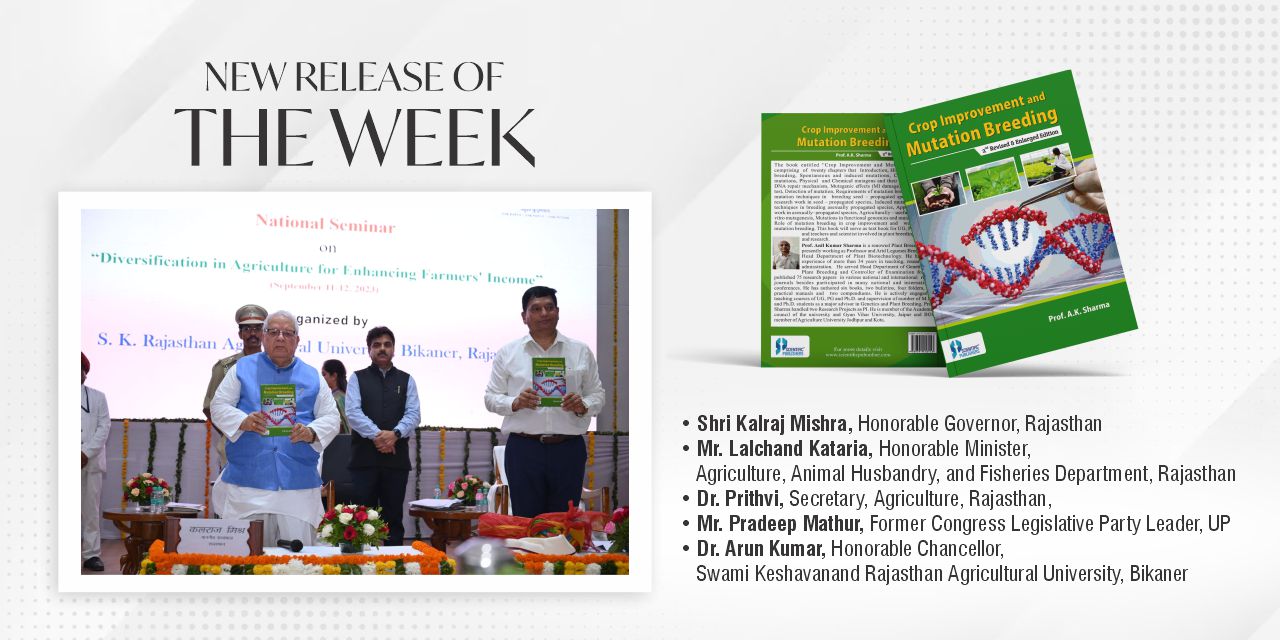Categories
-
Agriculture
- Agribusiness
- Agricultural Economics
- Agricultural Engineering
- Agriculture
- Agriculture Extension
- Agriculture Statistics
- Agronomy
- Climate Change and Meteorology
- Entomology
- Horticulture and Pomology
- Microbiology
- Nanotechnology
- Natural Resource Management
- Nematology
- Plant Pathology
- Plant Physiology
- Plant Protection
- Plant science
- Remote Sensing and GIS
- Seed Sciences
- Soil Sciences
- Astrology
- Ayurveda
- Botany
- Chemistry
-
Competitive Preparation
- AFO - Agriculture Field Officer
- CSIR UGC-NET - Council of Scientific & Industrial Research University Grant Commission NET
- DBT-BET - Biotechnology Eligibility Test
- FCI - Food Corporation of India
- FRO - Forest Range Officer
- GPSC - Gujarat Public Service Commission
- IARI - Indian Agricultural Research Institute (IARI) Admission Test
- IAS - Indian Administrative Service
- IBPS - Institute of Banking Personnel Selection
- ICAR-ARS - Indian Council of Agriculture Research Agriculture Research Services
- ICMR - Indian Council of Medical Research
- IFS - Indian Forest Service
- JET - Joint Entrance Test (For Agriculture)
- JRF - Junior Research Fellowship
- NEET PG - National Eligibility cum Entrance Test for Post-Graduation
- NEET UG - National Eligibility cum Entrance Test for Under - Graduation
- NET, ARS, STO
- Ph.D / M.Sc. / B.Sc.
- RFO - Range Forest Officer
- RPSC - Rajasthan Public Service Commission
- RPVT - Rajasthan Pre-Veterinary Test
- SET - State Eligibility Test
- SRF - Senior Research Fellowship
- UGC NET - National Eligibility Test
- UPSC - Union Public Service Commission
- Computer Science
- Desert
- Earth Science
- Economics
- Engineering
- Environment



